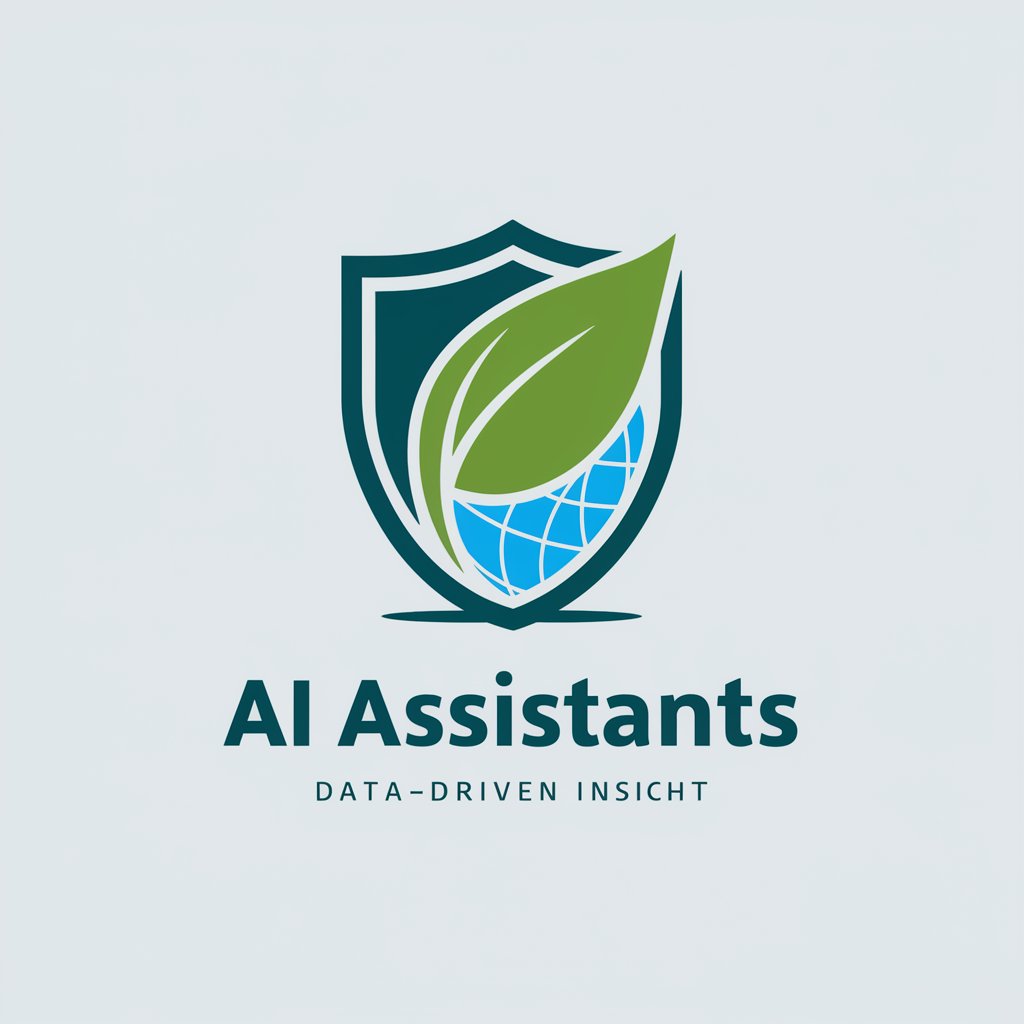
ESRS E1 Climate change (CSRD) - Sustainability Insight Tool

Welcome to your sustainability reporting guide.
Enhancing climate action transparency
Create a logo that...
Design a logo with elements of...
Craft a logo that embodies...
Develop a logo focused on...
Get Embed Code
Introduction to ESRS E1 Climate Change (CSRD)
The European Sustainability Reporting Standards (ESRS) E1 on Climate Change, part of the Corporate Sustainability Reporting Directive (CSRD), is designed to provide detailed disclosure requirements for organizations on how they affect and are affected by climate change. It focuses on material positive and negative impacts, mitigation efforts aligned with the Paris Agreement, adaptation strategies, and financial implications of climate risks and opportunities. Powered by ChatGPT-4o。

Main Functions of ESRS E1 Climate Change (CSRD)
Disclosure of Climate Impacts and Efforts
Example
Companies must report on their direct and indirect climate impacts, efforts to mitigate climate change, and plans to adapt their business models for a sustainable economy.
Scenario
A manufacturing company reports on its GHG emissions reduction targets and adaptation plans to increase resilience against climate-related risks.
Identification and Management of Risks and Opportunities
Example
Organizations are required to identify, assess, and manage climate-related risks and opportunities, integrating them into their governance and strategy.
Scenario
An insurance company assesses and discloses how changing climate patterns affect its risk portfolio and opportunities for new insurance products.
Financial Implications of Climate Risks
Example
Entities must disclose the short, medium, and long-term financial impacts of climate-related risks and opportunities on their financial performance.
Scenario
A coastal real estate developer reports on the potential financial effects of sea-level rise on its assets and how it plans to mitigate these risks.
Ideal Users of ESRS E1 Climate Change (CSRD) Services
Publicly Listed Companies
Required to comply with CSRD, these companies benefit from a structured framework for reporting sustainability information, enhancing transparency and investor confidence.
Investors and Financial Analysts
Use sustainability reports based on ESRS E1 to assess climate-related risks and opportunities in their investment decisions, contributing to more sustainable investments.
Regulatory Bodies and Policy Makers
Leverage detailed sustainability reports to monitor the business community's alignment with climate goals and inform policy development.

Guidelines for Using ESRS E1 Climate Change (CSRD)
Start with a trial
Begin by exploring the tool's capabilities with a hassle-free trial at yeschat.ai, requiring no login or ChatGPT Plus subscription.
Understand the framework
Familiarize yourself with the ESRS E1 framework to grasp how it applies to climate change disclosures within the CSRD context.
Identify relevant disclosures
Identify the specific climate change-related disclosures that apply to your organization, focusing on mitigation and adaptation.
Gather and prepare data
Collect data related to your organization’s climate change impacts, efforts, and plans in alignment with the ESRS E1 requirements.
Implement and report
Integrate these disclosures into your sustainability reporting, ensuring clarity and adherence to the ESRS guidelines.
Try other advanced and practical GPTs
Weather Artist | Climate Illustrator 🌎✍️🌦️
Visualize weather with AI artistry

Climate Companion
Empowering Your Climate Control Decisions with AI

Climate Assistant
Empowering Sustainability with AI

Climate Canvas
AI-powered weather visualization at your fingertips

Climate Counselor
Empowering informed climate action with AI.

Climate Scholar
Empowering climate change understanding through AI.

Only Ye
Experience Kanye’s wit with AI

Only-translator
Translate Seamlessly, Powered by AI

Only IaC
Automate Infrastructure with AI

*Only Actions*
Express more with less—experience AI-powered non-verbal communication.

Only Code
Streamline Coding with AI

Only Pipelines
Automate Your Code Deployment with AI

ESRS E1 Climate Change (CSRD) Q&A
What is the purpose of ESRS E1?
ESRS E1 aims to standardize disclosures related to climate change mitigation and adaptation, enhancing transparency and comparability.
Who needs to comply with ESRS E1?
Organizations subject to the CSRD, seeking to provide stakeholders with detailed insights into their climate-related actions and impacts.
How does ESRS E1 relate to other sustainability standards?
It complements other ESRS and international frameworks by focusing specifically on climate-related disclosures.
What are key areas covered by ESRS E1 disclosures?
Disclosures cover the organization's climate impacts, efforts to mitigate and adapt, GHG emissions, and related financial effects.
How can an organization start implementing ESRS E1?
Begin by assessing current climate-related activities and disclosures, then align reporting processes with ESRS E1 requirements.